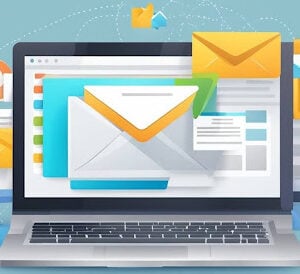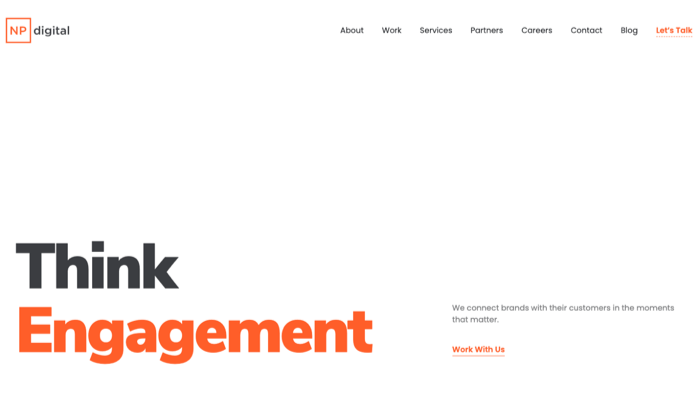Mastering Email Marketing: Strategies for Compelling Campaigns, Personalized Content, & Effective Calls to Action

In today’s digital age, email marketing remains one of the most powerful and cost-effective tools for reaching and engaging with customers. It involves sending targeted messages to a group of subscribers with the aim of promoting products, services, or building brand awareness. Email marketing plays a crucial role in any comprehensive digital marketing strategy, offering unparalleled reach and the ability to tailor messages to specific audiences.
Understanding Email Campaigns
Email campaigns come in various forms, each serving a distinct purpose. Whether it’s a promotional campaign to drive sales, a newsletter to keep subscribers informed, or a re-engagement campaign to win back inactive subscribers, understanding the different types of campaigns is essential for success. Before launching a campaign, it’s important to set clear goals and objectives to measure its effectiveness.
Crafting Engaging Content
The key to a successful email campaign lies in crafting content that resonates with your audience. Personalization is paramount, as subscribers are more likely to engage with content that feels tailored to their interests and needs. Writing compelling subject lines that grab attention and providing valuable, relevant content will increase open and click-through rates, driving conversions and engagement.
Designing Effective Calls to Action (CTAs)
Calls to action (CTAs) are the driving force behind email marketing campaigns, prompting subscribers to take the desired action, whether it’s making a purchase, signing up for a webinar, or downloading a resource. Designing effective CTAs involves using persuasive language, contrasting colors, and placing them strategically within the email to maximize visibility and engagement.
Segmentation and Personalization
Segmenting your email list based on demographics, purchase history, or engagement level allows you to tailor content to specific segments, increasing relevance and engagement. Personalizing email content further enhances the subscriber experience, fostering a deeper connection with your brand and improving overall campaign performance.
Automating Email Marketing Processes
Automation streamlines the email marketing process, allowing you to send targeted messages at the right time without manual intervention. Setting up automated email workflows, such as welcome series, abandoned cart reminders, or birthday emails, helps nurture leads, drive conversions, and improve customer retention.
Measuring and Analyzing Campaign Performance
Tracking key metrics such as open rates, click-through rates, and conversion rates provides valuable insights into the effectiveness of your email campaigns. Analyzing this data allows you to identify areas for improvement, refine your strategies, and make data-driven decisions to optimize campaign performance.
Optimizing Email Deliverability
Ensuring that your emails reach the inbox is essential for the success of your email marketing efforts. Optimizing email deliverability involves following best practices, such as maintaining a clean email list, avoiding spammy content, and implementing authentication protocols like SPF and DKIM.
Integrating Email Marketing with Other Channels
Email marketing is most effective when integrated with other digital marketing channels such as social media, content marketing, and paid advertising. Cross-channel integration allows you to reach your audience at multiple touchpoints, reinforcing …read more
Source:: Social Media Explorer









